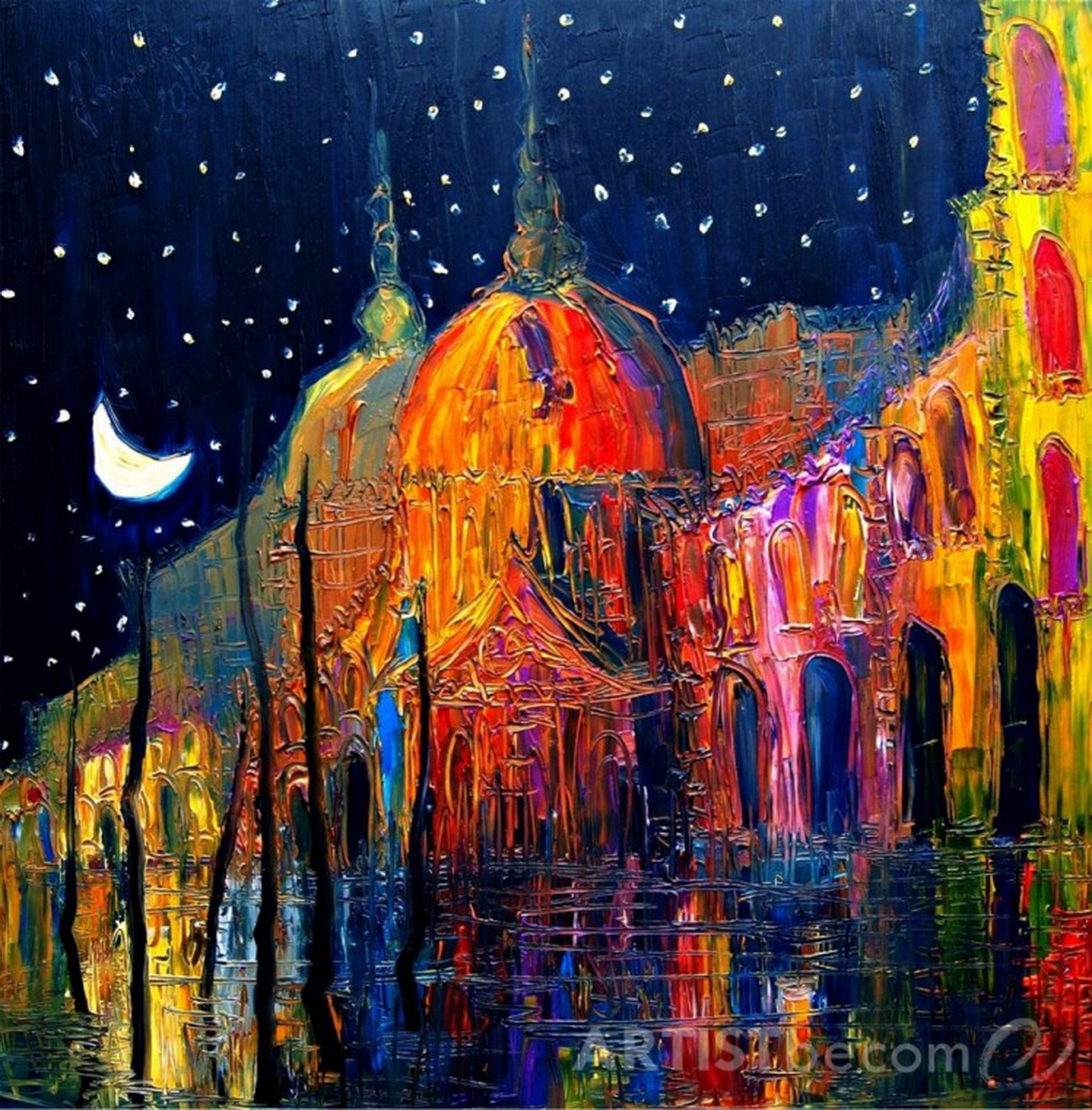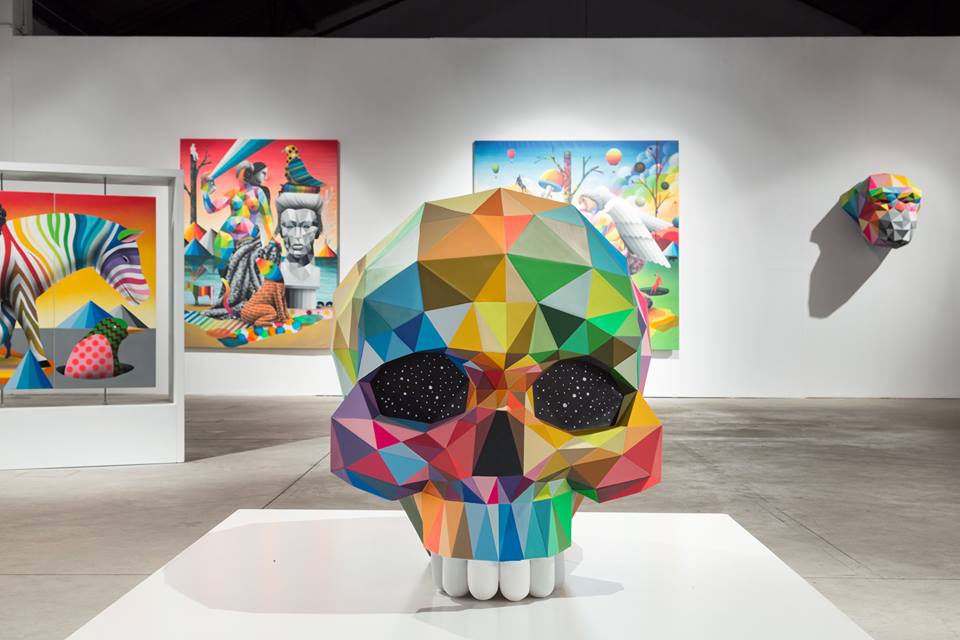
This citation contains several significant connections with works in the exhibition. First of all, like the parts of the text, the images are linked by repetitions, yet distanced from one another by processes of interruption or displacement. Also, the show is similarly tinged with a strain, however curtailed or wistful, of late 1960s Marxism (the key date here is the one that is absent from the list of numbers that concludes the text: 68). The objects and references in Williams’s photographs are, for the most part, from the late 60s and early 70s, an epoch whose political, theoretical, and aesthetic terrain he mines with the assiduity of an archivist or a collector. In spire of its alternate title, however, this exhibition is anything but programmatic in structure. Instead, the works are held together by a fragile weave of elliptical connections and veiled reverberations. In this respect, what the viewer is asked to read, reread, distribute, and become the author of is a “program” that he first has to excavate, and whose blanks he can fill with his own set of connections and conclusions.
The show is organized in a manner conducive to the simultaneous evocation and disruption of connections between the individual works. There is a series of shots of the same woman: two black-and-white shots of her showering, and two colour images of her wrapped in yellow bath towels. There are several photographs of photographic cameras and lenses, mostly of the Soviet-made Kiev 88. There are three images of a French Velosolex motorized bicycle. There are three photographs of a different woman with her hair done up in large yellow curlers. The rest of the images are of a yellow German “Packset” shipping box, a flower stall in Cologne, a decrepit modernist building in Lodz, a brochure (in German) for the Romanian Dacia 13001 car, a jellyfish, a pile of fake corn, and the stacked shutters of a Jean Prouve Tropical House prototype. All of the colour images (with the exception of the Prouve shutters) prominently feature elements in a similar shade of Kodak yellow. The two colour images of the model and the image of the stacked artificial com include a “Kodak Three-Point Reflection Guide, ” also from 1968. Several of the images (the corn, the Kiev camera, the “Packset” box) are dye-transfer prints, an almost obsolete yet highly prized printing method that was phased out by Kodak in 1995.
If Kodak features prominently as a reference point, other connections can also be drawn between these images. Thus, the Kiev camera and the Dacia 13001 car were both products that emerged out of a curious exchange between Eastern and Western European countries in the post-war period. While the Kiev camera was purportedly made by the Soviets with the aid of plans and machinery stolen from the Germans in 1945 (also used by Hasselblad to develop its camera), the Dacia was made in Romania, using the designs for the Renault 12 car, in collaboration with the French carmaker. As a perfunctory Internet search reveals, the Dacia car, the Kiev camera, the Velosolex, the Prouve prototype, and even dye-transfer prints, have all become prized collector’s items, in part because of their obsolescence. One could define the dominant themes of the exhibition as obsolescence and displacement. While Williams’s foregrounding of the former may be informed by a Benjaminian recognition of the “revolutionary energies that appear in the outmoded, ” (Walter Benjamin, “Surrealism, ” Selected Writings: Vol. II, p. 210) his interest in the latter is an essential and long-standing component of his work.
For one, the objects photographed in this exhibit all testify to processes of displacement: from the duplication of industrial designs noted above, to the circulation of products. As an example, the French-made Velosolex 2200 is borrowed from a private collection in Vietnam. The building in Lodz evokes countless other constructions from the same period the world over. Other forms of displacement include the acts of appropriation staged by the artist, as well as the slight deviations in his otherwise meticulously staged reconstructions. The model for the shower photographs was found using a slightly modified version of Jacques Tati’s casting call for the main actress in Playtime. While the photographs of the model faithfully imitate 1960s commercial photography, small details were preserved to disrupt the illusion, from the unretouched wrinkles and moles on her face, to a small soapy drip on her neck in one of the images. The Dacia brochure is beautifully reproduced, yet turned on its side. The black Velosolex is shot against a dark black background, so as to almost disappear within it. In the corn photograph, it appears as though the negative has been flipped, for the lettering on the reflection guide is upside-down and backwards.

Alongside these deliberate “errors, ” Williams has recourse to various forms of reflexivity. Thus, the artificial corn was not only made in part from corn products, but was also shot using photographic materials made from corn derivatives, which is a reference to the massive promotion of corn by the U.S. government in the post-war era. There is also an obvious sense of reflexivity at work in Williams’s references to the photographic medium and its history. On another note, his photographs mostly re-present objects and processes that are at a similar temporal remove from the contemporary viewer, forming an aesthete’s archive of the post-war period. If Williams often targets artefacts from this period, it is precisely because of their relevance to the contemporary viewer. These objects allow him to reference earlier, and at times simpler (and thus more legible) forms of the very processes of exchange, consumption, appropriation, and standardization that subtend today’s global economy. Moreover, these citational procedures are undercut and displaced by compositional strategies reminiscent of post-war avant-garde art, as the reference to Godard makes clear. This is not to say that Williams directly appropriates artists like Godard, but rather that his work engages the viewer in a similar form of complexity. In so doing, Williams, far from being nostalgic, is instead being more “relevant” than a great number of artists working today. By making works that demand close reading and rereading, he poses a resistance to the increasingly distracted consumerism of contemporary art viewing. Yet, and in spite of its intricate sub-text, his art neither illustrates a thesis, nor defends a program. Instead, it invites its viewers to confront the issues and questions he is addressing on their own terms, by way of carefully staged encounters with the prophetic remnants of the recent past.